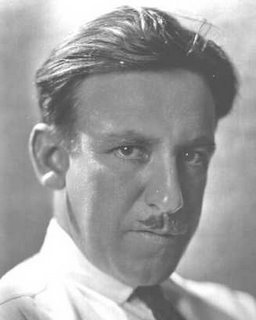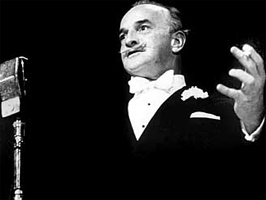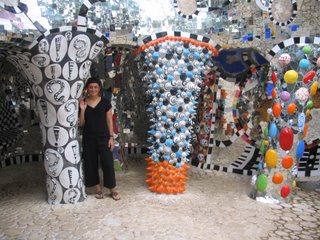

Pete Browning was Tod Browning's uncle. Neither seemed to have any relation to the poet Robert Browning - that would've been too much on the odd juxtapositions meter.
Pete Browning was one of the greatest batters in 19th century baseball. He had a lifetime batting average of .341 - the 4th highest of any righthander in history. More famously - though there is some dispute about it - Ol' Pete was known as the original "Louisville Slugger". His moniker adorns the most famous type of bat in baseball, made by Hillerich and Bradsby. Pete gave Biblical names to his bats and "retired' them when he felt they'd exhausted all the hits fate had allotted them - only fitting that baseball's most famous bat was initially (it is conjectured) made for him.
Pete was not "running on the beaten path" shall we say...a severe case of mastoiditis left him almost entirely deaf since childhood. This condition indirectly lead to pain-numbing alcoholism (a flask of whiskey habitually tucked in his baseball jersey, and one local paper continually addressed him as "Pietro Redlight District Distellery Interests Browning"), a reputation as a bumbling fielder, and the adoption of a defensive position that involved standing on one foot and sticking the other outward in the air - Monty Python Ministry of Silly Stances? No, he was defending himself against oncoming runners or fielders whom he wouldn't hear.
Now on to the nephew, Tod Browning (pictured at the top, and note the Browning ear similarities), who lived 2 houses down from Pete in Louisville.
Under the spell of a "side-show queen" Tod left home to join the carnival and shine in such roles as the Hypnotic Living Corpse - he was put in a trance and "buried alive' on the carnival grounds to be miraculously disinterred 3 days later. From there it was on to vaudeville, movie-acting, and finally, behind the camera, as an assistant to D.W.Griffith. He struck out on his own and teamed up with Lon Chaney, "the Man of a Thousand Faces", to make a series of bizarre and incomparable films - long on improbable plots and high on the atmospheric. The Unholy Three,West of Zanzibar, and The Blackbird are still raved about in silent film circles.
If Tod Browning is remembered by J.Q.Public at all today it is as the director and creative force behind Dracula(with Bela Lugosi) and Freaks (which was altered to be a more of a "horror" film than he intended, by the studio heads).
I don my rose-colored spectacles, and like to remember Tod as the nephew of Ol' Pete and I imagine they tossed a few balls around and shared some stories. Of course there's no record of it....









